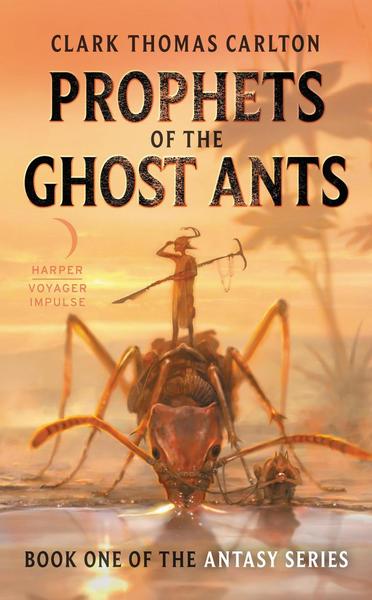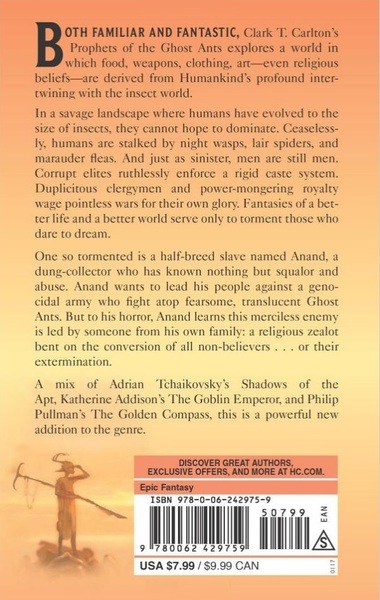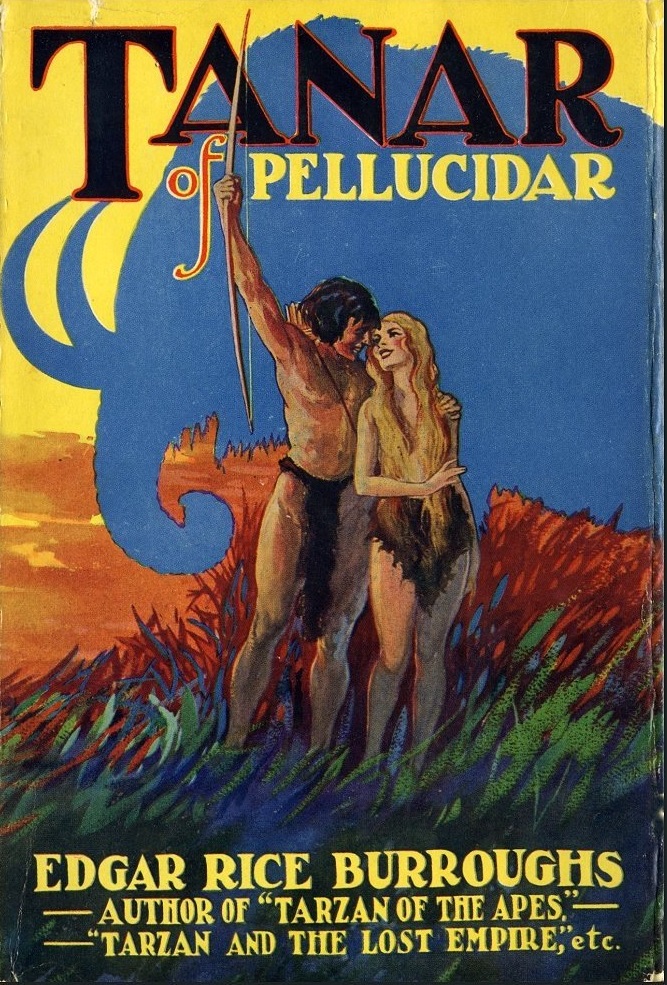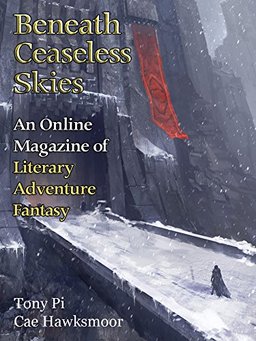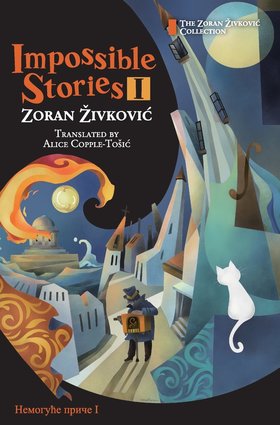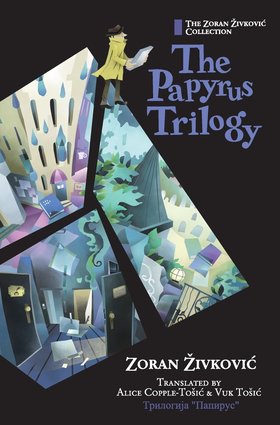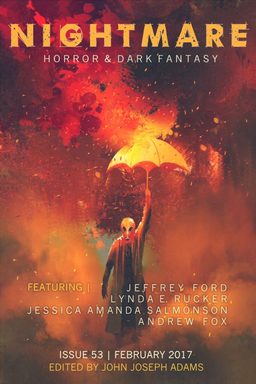Nancy Willard, June 26, 1936 – February 19, 2017
 |
 |
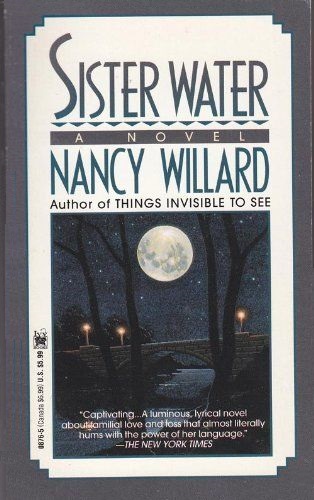 |
Nancy Willard was the author of more than 70 books, including more than 40 books for children, such as the Anatole trilogy, Firebrat (1988), East of the Sun and West of the Moon: A Play (1989), and Pish, Posh Said Hieronymus Bosch (1991), illustrated by the Dillons. She won the Newbery Award in 1982 for her book of poetry, William Blake’s Inn, illustrated by Alice & Martin Provensen. It was the first book of poetry to win the Newbery.
She also wrote a handful of fantasy novels for adults, including Things Invisible to See (1985), which I bought in Ottawa in the Bantam Spectra paperback edition in 1986 (above left; cover by Todd Schorr). Set in her home town of Ann Arbor in the 1940s, it tells the tale of two brothers who meet a paralyzed young woman, and ends with a baseball game featuring some of the sport’s most famous players. Sister Water (1993) was called “Heavenly…Marvelous… A kind of miracle,” by People magazine (see the back cover of the Wayne State edition here).
Nancy Willard was born on June 26, 1936 in Ann Arbor, Michigan. She earned a Ph.D. at the University of Michigan, and became a professor at Vassar College in Poughkeepsie, New York in 1965. She retired from Vassar in 2013. Her last children’s book will be released this fall. She died peacefully at her home in Poughkeepsie on February 19. She was 80 years old. Read her obituary at the Poughkeepsie Journal.
